Dr. Johnny Dagger, Bigfoot Tracker!
I was made aware of Townsend's alter ego by Steven Streufert, who pointed me to his blog post from June of 2015.
Have a look at this KickStarter page where Dr. Dagger attempted to raise $35,000 to "solve the mystery of Bigfoot once and for all:
"Dr. Jonny Dagger is a US Army Special Operations Trained NCO with 12 years of service. He additionally holds several Graduate degrees from world renowned Universities. Finally, he teaches Bigfoot courses at the college level. The only college professor in the world who designs and teaches these courses. He has the skill, experience, and abilities to solve this mystery once and for all with your help!!"
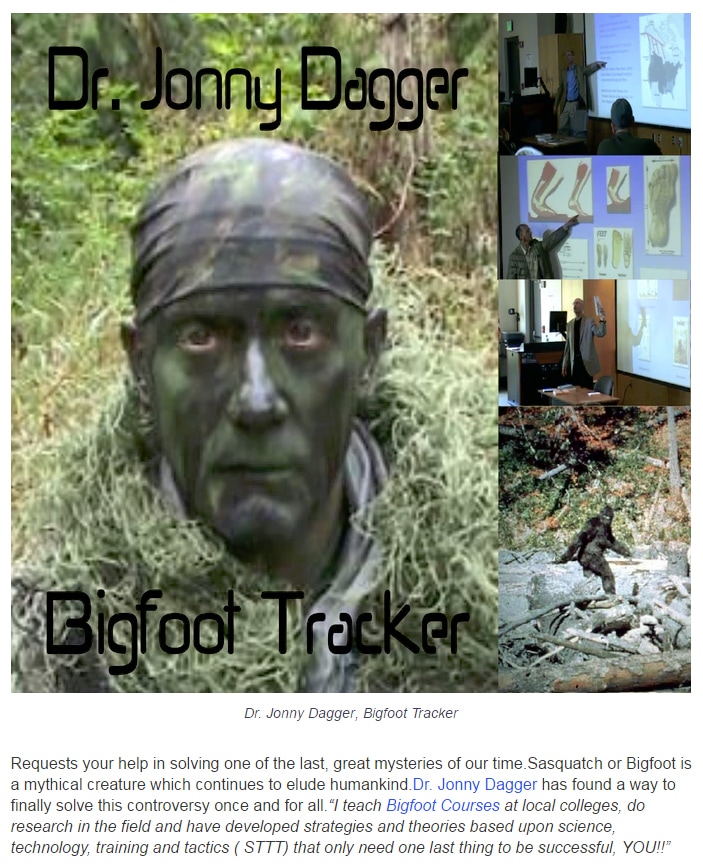
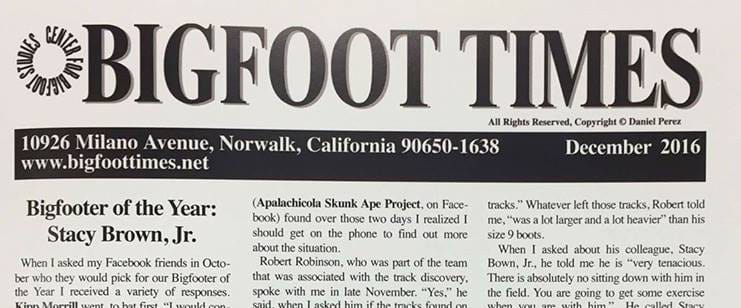

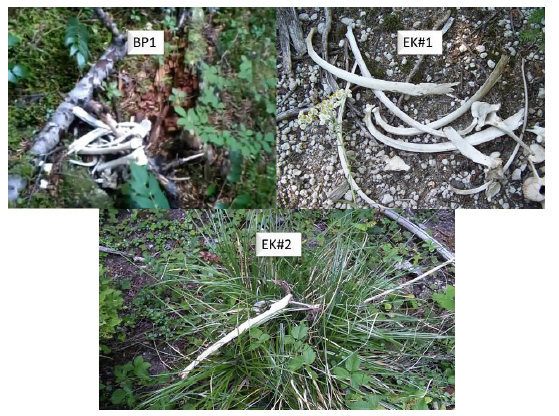
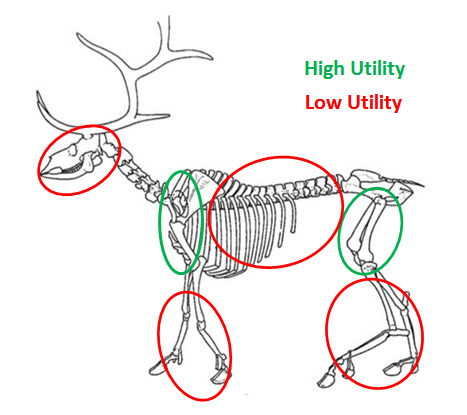
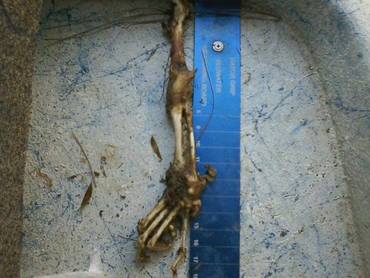
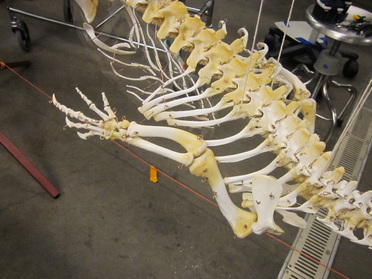
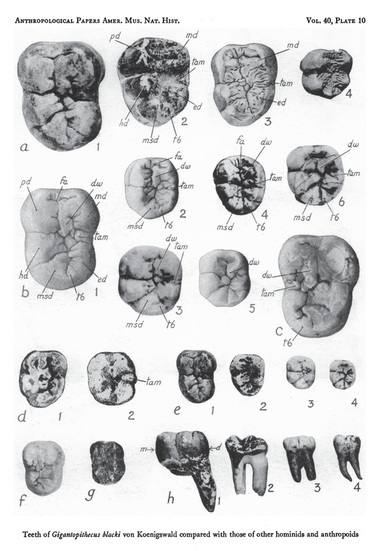
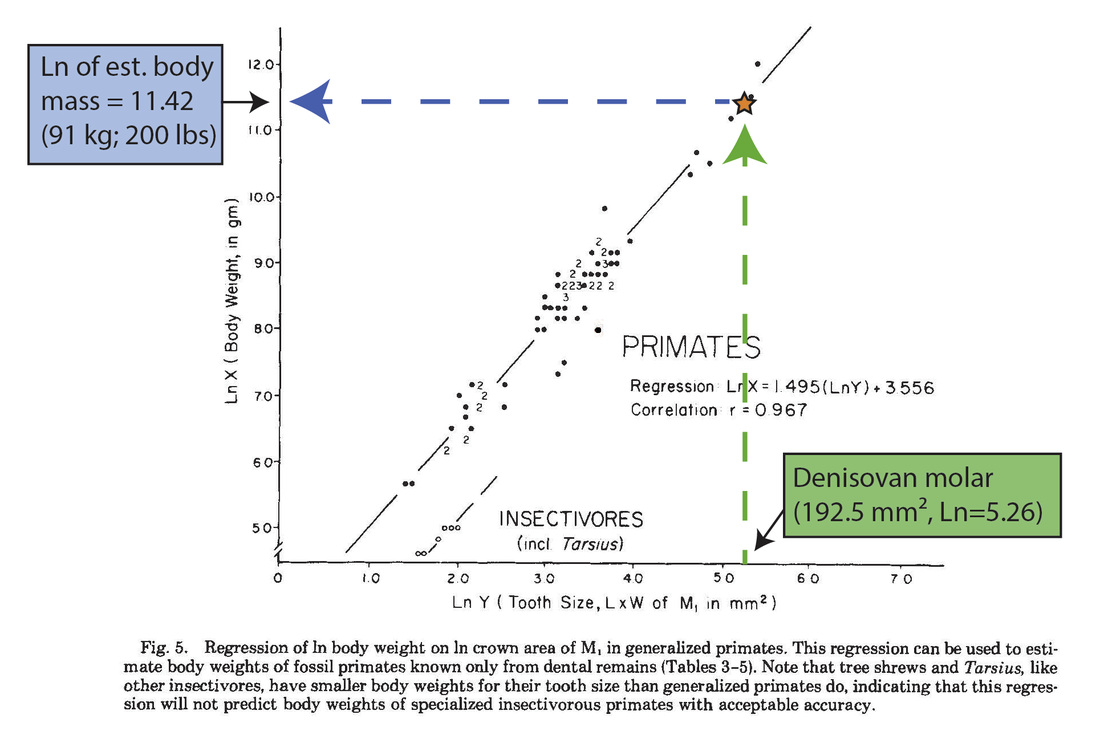

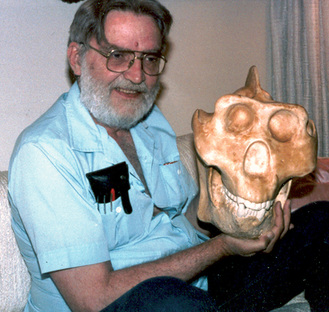
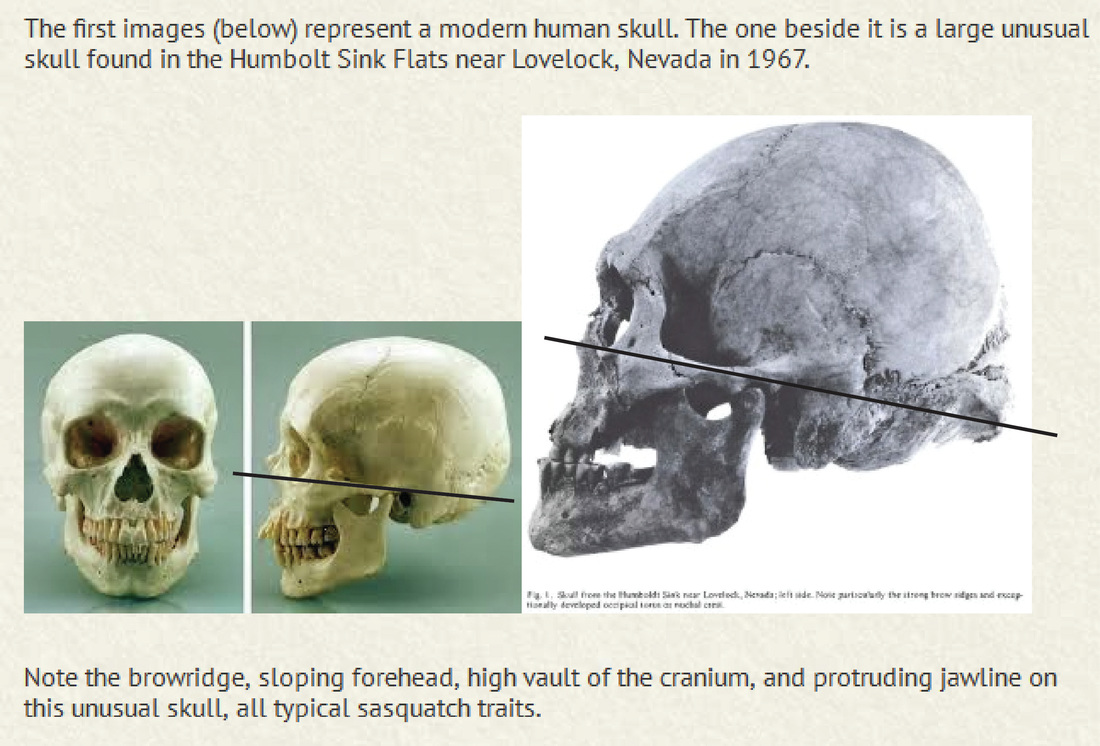
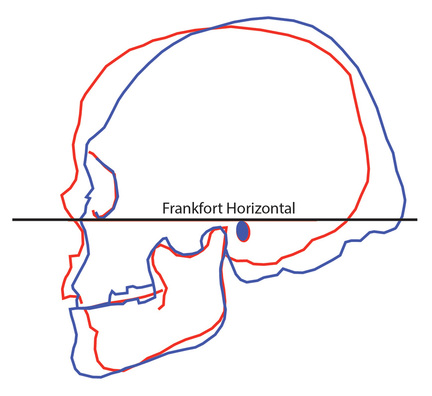
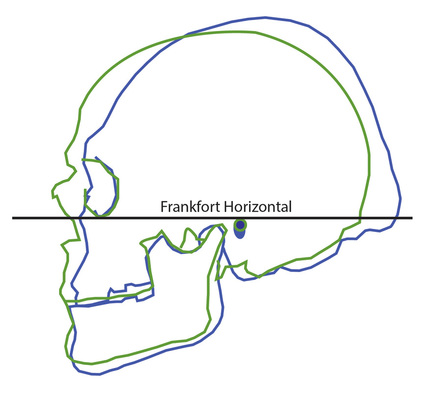
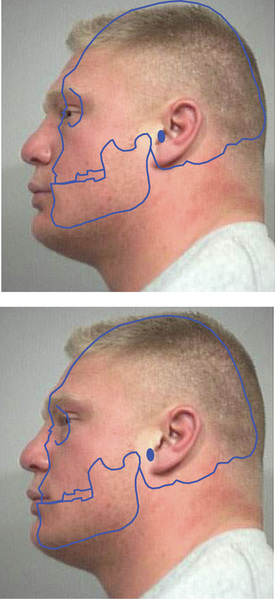
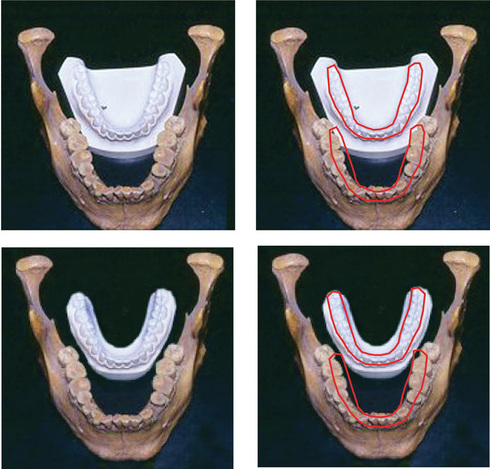
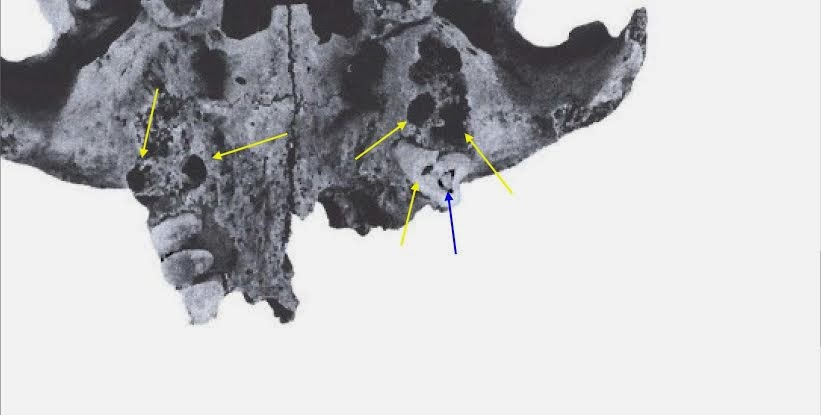

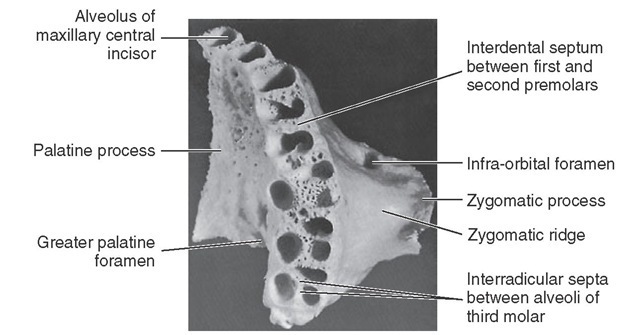


 RSS Feed
RSS Feed
